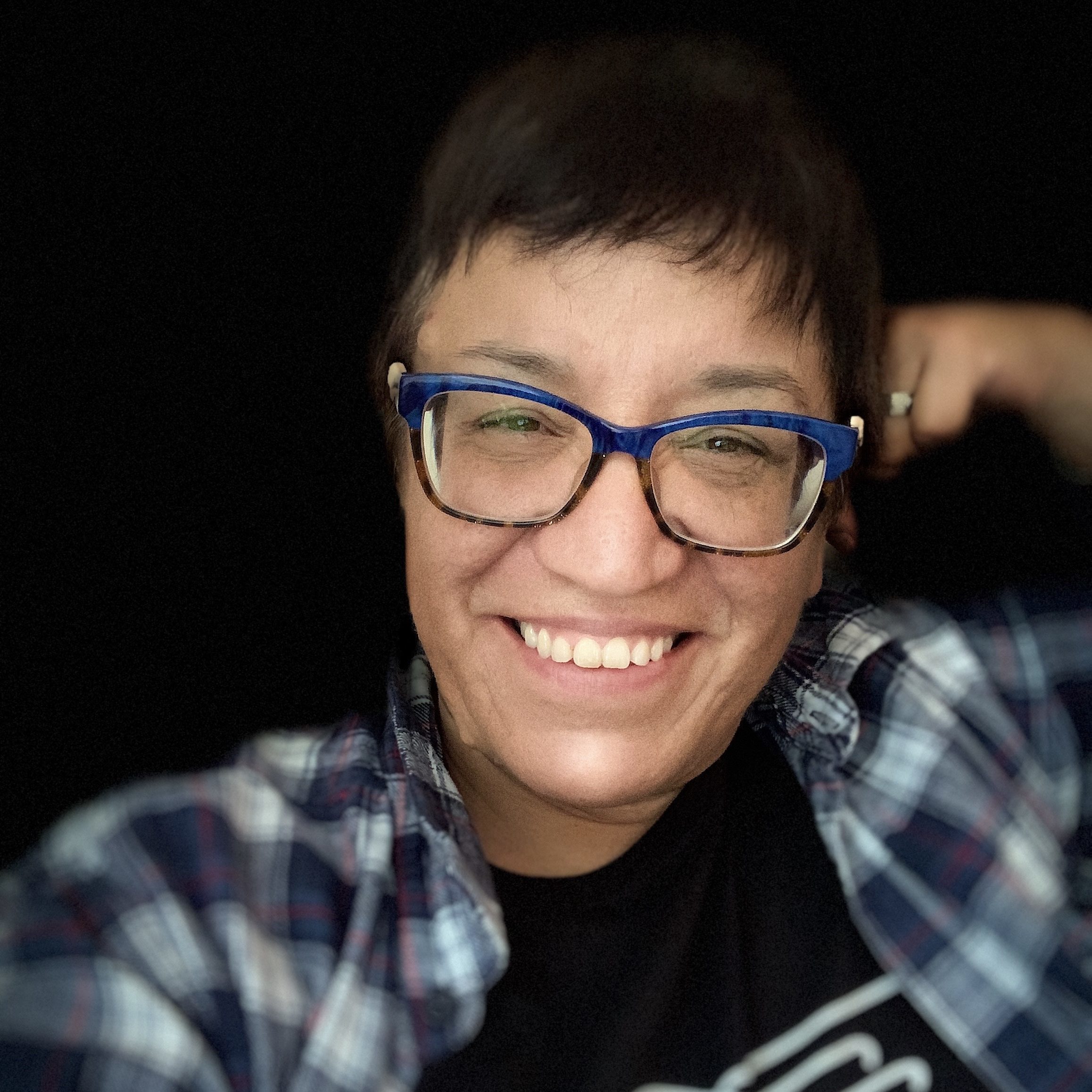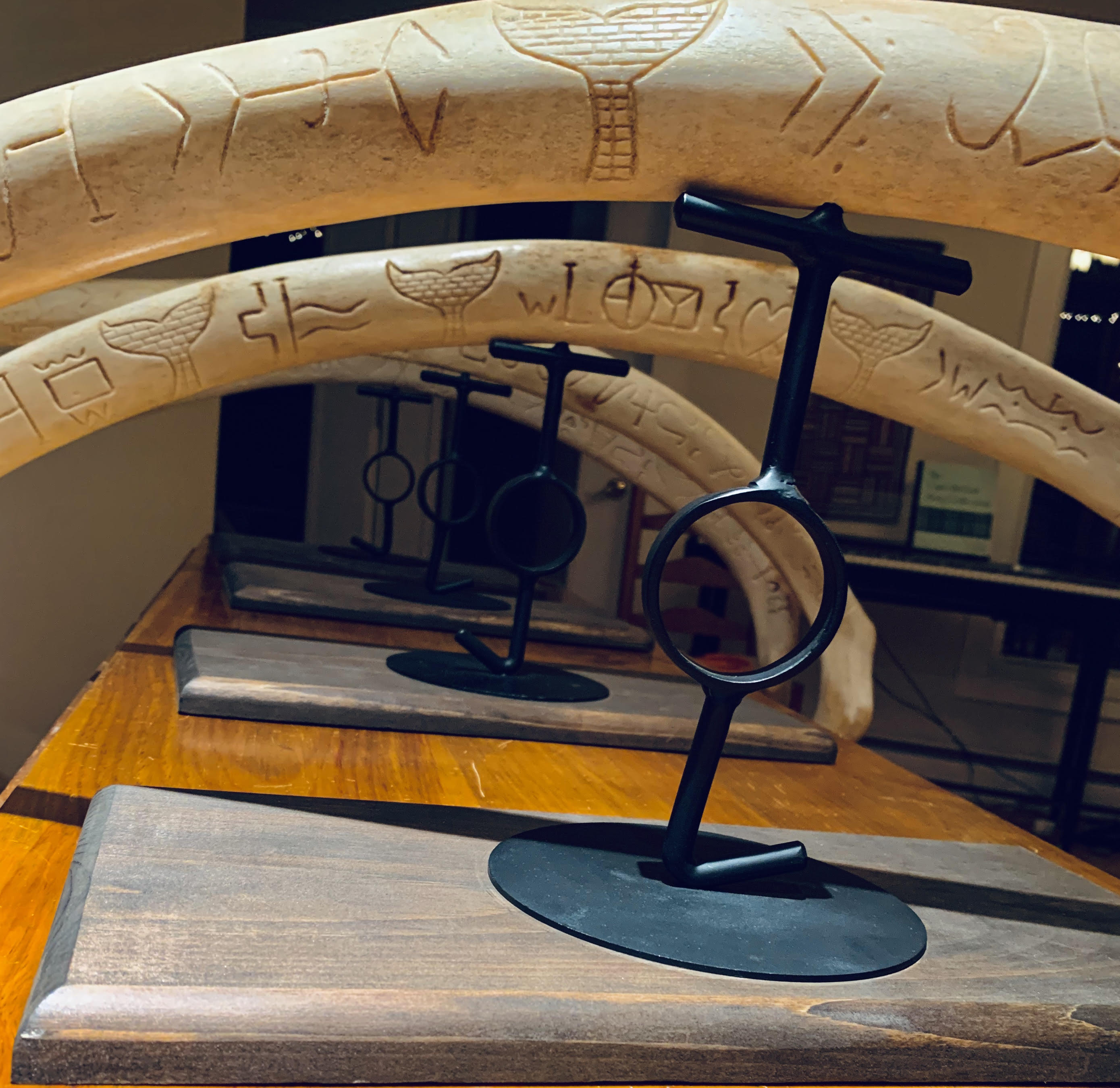Curator Collection: Announcing Michelle Sylliboy, Anchor Artist
Shé:kon, hello,
For Nocturne 2020, I created the theme Echolocation which asked artists to consider our relationship to the environment. I asked, “How can we embody practices of care, reciprocity and respect for the land and each other through creation?”
Throughout my curatorial process, I’ve been meditating on the term sustainability. This is a commonly used term when considering human impact on the environment and the future of life on this planet, yet I’ve also been reflecting on sustainability in the context of curation.
In my curatorial approach for Nocturne, I’ve aimed to create opportunities for relationships to form between artists and their creative practices. Spaces for exchange, listening, responding and learning are so essential to forming relationships that nourish us in the present and into the future. I sense that this is truly the heart of sustainability.
In my last post, I shared that Mi’kmaq artist Mike MacDonald’s piece Touched by the Tears of a Butterfly is going to be one of the Anchor Projects for this year’s festival. I’m very excited to share with you the next Anchor Artist for Nocturne 2020: Michelle Sylliboy! Michelle is a L'nu/Mi'kmaq, Two-Spirit Pouin artist, poet, storyteller and educator from We'koqmaq, Cape Breton. Michelle will be creating a Mi’kmaq hieroglyph poem that responds to Mike’s work. Both works will be physically installed, and echo to each other through K’jipuktuk.

Michelle has such a dedication to L'nuk cultural revitalisation, particularly through utilizing the Komqwejwi'kasikl, or Mi’kmaq hieroglyphs, in her community-engaged art. The hieroglyphs are part of a complex communication system created and sustained by L’nuk for over 13,000 years. Komqwejwi'kasikl, translated roughly to suckerfish writings–referring to the paths suckerfish leave on the river bottom as they move–is a symbolic language that was used by L’nuk for inscribing maps and tribal records. Each character representing a concept that can be expressed through the oral and written (phonetic) aspects of the language. Through poetry, photography, performance, sculpture and pedagogy, Michelle reclaims and expresses her Indigenous voice and L’nuk way of life through tracing the lines and messages of the culture in the land and language.
Michelle's book, "Kiskajeyi-I AM READY," which has sold out and been reprinted a handful of times since it's release, is a beautiful and innovative collection that combines Komqwejwi'kasikl poetry and photography of the land and water. Michelle often performs this work in collaboration with musicians and an audience that is empowered to live-draw the hieroglyphs themselves. Michelle's work is often like this — collaborative and inclusive, working with both Indigenous and non-Indigenous folks, and artists of various mediums. I see at the heart of her work an intention to learn, build relationships and to share. This approach to art-making is pedagogical, in that it transmits knowledge and instills a sense of responsibility in collaborators and participants to caretake that knowledge.

Michelle on her artistic teaching philosophy:
“My teaching philosophy is anchored in the Mi’kmaq philosophy of non-interference: an Indigenous worldview that engages the learner on multiple levels of how one sees and grows with the world. This worldview has served me throughout my existence along with gentle nudges by elders, aunties, uncles and cousins, and an ever-expanding community. I may sum up the Mi’kmaq philosophy of non-interference as thus: follow the process, pay attention to the process, and allow and support what wants to emerge. This philosophy represents an ultimate statement of respect for Life and Reality… It is my intention as an indigenous scholar to teach that indigenous worldviews, such as Mi’kmaq’s, are also about understanding the history of land, language, and community, and how they are all interconnected.” (read more at Michelle’s website.)
MORE ABOUT MICHELLE SYLLIBOY:
Since arriving on the art scene in 1994, Michelle Sylliboy an L'nu/ Mi'kmaq Artist was born in Boston, Mass and raised on un-ceded territory in We'koqmaq Cape Breton. Michelle recently moved back to her territory after living and working on un-ceded Coast Salish territory for the past twenty-seven years. While in Vancouver she learned to capture and intrigue the art community with her Interdisciplinary style of work. She gathers much of her inspiration from personal tales, the environment, and her Mi'kmaq culture. Her Interdisciplinary art practice embodies some of her own life experiences, which has led her to work with emerging and professional artists from all over Turtle Island. PhD Candidate Michelle is working on her Philosophy of Education Doctorate Degree fieldwork where she will combine her artistic background and education by creating a Mi'kmaq Komqwejwi'kasikl (Hieroglyphic) living curriculum. Michelle begins her new tenure track position this fall at STFX University in Antigonish NS.




